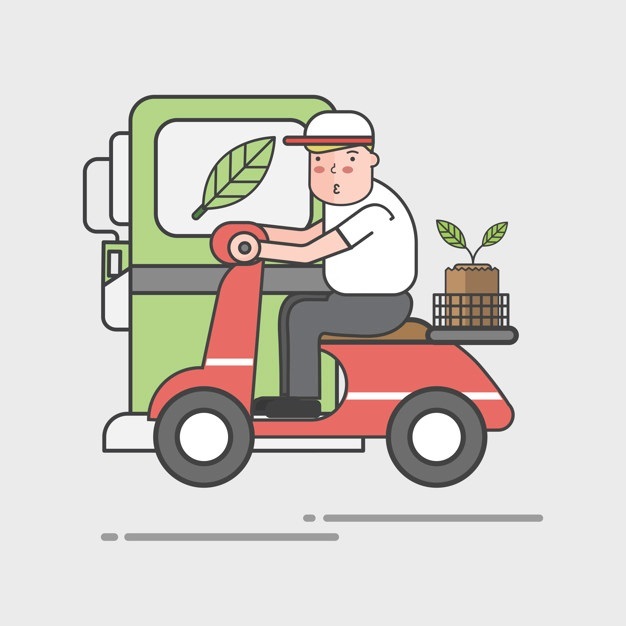Vegetable or animal biomass is an underused renewable energy source whose use represents an alternative and a viable response on the path that seeks to curb the onslaught of climate change. In view of the fact that plants – through photosynthesis – transform the Sun’s energy into chemical energy, part of the latter is stored in the form of organic matter; therefore, it can be recovered when it is burned or turned into fuel.
One of the main advantages of the technology associated with biomass is its ability to adapt to the needs of each industry and / or waste. In this sense, waste generated by industrial production or forest residues from crops and wood affected by forest fires can be used.
To mention a few examples, the recovery of olive tree pruning is common in Italy; feed processing in Austria; rice husk briquettes in Tanzania; the use of willows for energy and wastewater treatment in Sweden; Utilizing Perennial Grass in Buffer Zones to Improve Agricultural Water Quality in the United States: Integrated Bioenergy Tree Crop Systems in Australian Agricultural Landscapes; intercropping to improve soil fertility and agricultural yield in Zambia; the production of biogas from chicken manure and wastewater in China, and the obtaining of biogas from surplus stillage in the sugarcane industries in Brazil.

The potential of this type of energy reduces the environmental impact of conventional sources. However, taking giant steps in this area requires greater investment in research and government policies that favor its implementation. In this way, biomass could emerge as a replacement for fossil fuels, thanks to liquid biofuels (such as biodiesel or bioethanol), gaseous (methane gas) or solid (firewood). However, care must be taken not to use more biomass than the net production of the exploited ecosystem, so that more fuels are not consumed than necessary in the transformation processes, and the energy utility is ideal compared to other uses. feasible, either as compost or food.
As such, the term “biomass” encompasses any organic portion derived from plants, animals, and human activities. Likewise, it refers to energy sources that include the combustion of firewood for heating; thermal plants to produce electricity that use waste as fuel; biofuels, and biogas from landfills or sewage sludge.
The uses of biomass are diverse. According to a report by IEA Bioenergy, an organization linked to the International Energy Agency, there are four categories of biomass: solid, biogas / biomethane, liquid biofuels, and the renewable part of municipal waste. In that order, solid biomass (wood, forest residues, industrial pulp and paper waste, straw…) leads the bioenergy applications. For its part, Germany continues to bet with a large advantage on biogas / biomethane, while liquid biofuels have been used as fuel for transport with greater demand compared to the 2010-2015 period. Finally, the use of municipal waste (MSW) for energy and / or heat production is most common in Scandinavia and Western Europe.

The fundamental thing is that the biomass that is used is obtained in a totally sustainable way. In fact, in Europe, three technological developments were awarded for seeking the perfect combustion of biomass and minimum emissions: 1) The Innovation Award 2021 was awarded to Sugimat, for its Horizon + self-cleaning rotary biomass boiler, capable of maintaining combustion performance by combating the formation of deposits inside. 2) Two second prize for the Palazzetti system that allows the complete combustion of all the unburned in its pellet equipment. 3) ÖkoFEN’s Zero Flame technology, which reduces particle emissions in pellet boilers to practically negligible levels.
In the words of the president of APPA Biomasa, Jordi Aguiló, one of the advantages of biomass is the versatility that makes it possible to hybridize with non-manageable technologies, such as solar, and with thermal storage systems, increasing firm power at times when those that the electrical system needs it, reducing energy costs and CO2 emissions. “These systems would need a system of return on investment and would provide a capacity management service to the network.”
In addition to this, it is important to emphasize that the development of this technology is based on rural areas, and consequently its advances contribute to the structuring of the territory.

IC INTERNATIONAL GROUP
Copyright © 2024. Todos los derechos reservados
to save your favourite homes and more
Log in with emailDon't have an account? Sign up
Enter your email address and we will send you a link to change your password.
to save your favourite homes and more
Sign up with emailAlready have an account? Log in